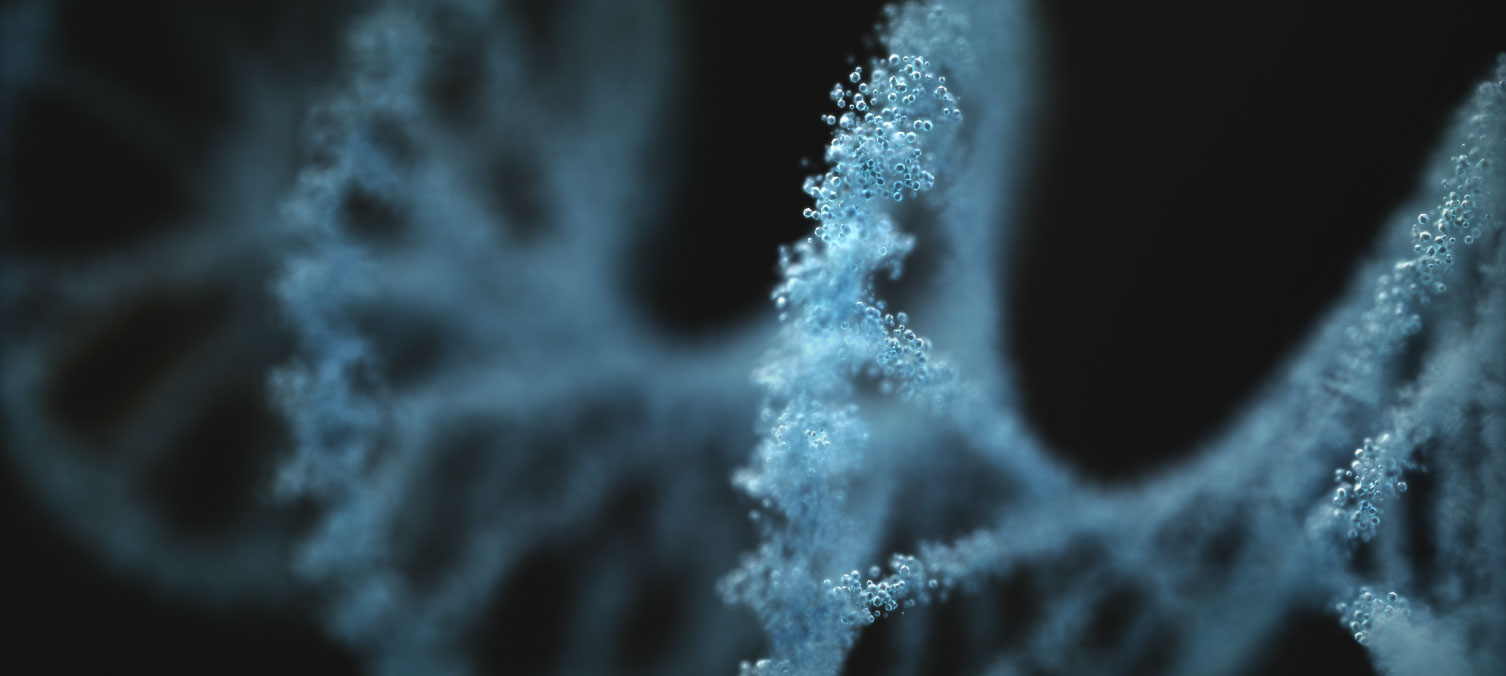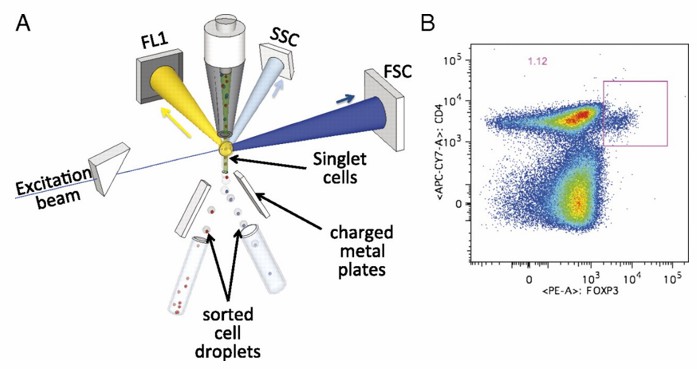The commensal microorganisms that reside in the intestinal tract have a tremendous impact on the health of the host. Numerous studies focused on gut microbiota through various approaches, from culture dependent to culture independent, from labor intensive to high throughput, having unraveled many mysteries with regard to gut microbiota's community structure, interactive relationship, impact on host health, etc. Flow cytometry (FCM) is widely recognized for its rapid detection, multi-parameter determination, comprehensive analysis, high purity sorting, and flexibility. It can detect and separate cells from monocyte to bacteria and even to virus, becoming an important tool in microbiological research.
CD Genomics, a preeminent corporation that specializes in multi-omics and equipped with state-of-the-art instrumentations, provides holistic solutions for your gut microbiota research. Our flow cytometry analyzer and fluorescence-activated cell sorter (FACS) will provide you with new approaches to make progress in your gut microbiota research.
Flow cytometry analyzer offers high-throughput, quantifiable data from a sample. There can be multiple lasers and fluorescence detectors, and the cells move one by one through the lasers beam, which allows for multiple labeling, and can more precisely identify a target population by their phenotypic markers.
Fluorescence-activated cell sorter (FACS) takes advantages of flow cytometry as well as cell sorters which physically separate and thereby purify cells of interest into collection tubes or wells based on their optical properties. Flow cytometry cell sorters have a collection system different from flow cytometry analyzers. By utilizing droplet technology, electrical charging system, and electrostatic deflection system, FACS detects cells parameters including cell size, morphology, and protein expression, as well as sorts cells and recovers the subsets for post-experimental use.
Figure.1 Schematic of FACS and an example of data. (Jaye 2012)
Table.1 Several common dyes for flow cytometry
| Dyes | Binding Substrate | Color Characterization | Optical Channel (nm) |
| PI | Nucleic acid | Green | 616±30 |
| SYTO | Nucleic acid | Blue, green, orange, red | 530±15, 660±10, 450±20 |
| EB | Nucleic acid | Red | >670 |
| CTC | Nucleic acid | Green | >670 |
| DiBAC4 (3) | Cell membrane | - | 530±30 |
| SYBR Green | Nucleic acid | Green | 530 |
| FDA | Cell membrane | Red | - |
| cFDA | Enzyme | - | 530 |
FCM technologies can be used for screening. Coupled with fluorescence in situ hybridization can be used for rapid classification and identification of specific groups of microbes, and subsequent analysis can also be carried out. The characteristic parameters can be detected by flow cytometry:
Cell structure:
- Total cell number
- Cell size
- DNA/ RNA content
- Cell cycle
- Protein content
- Chromosome analysis
Cell function:
- Specific antigen detection
- Cell activity
- Intracellular cytokines
- Enzyme activity
- Cell receptors
- Cell apoptosis
CD Genomics dedicates to providing the highest level of service in gut microbiota research. The custom experiment design and analysis will provide valid solutions and guarantee a high-quality report for your research. We will arrange experienced scientists to provide you with the professional gut microbiota simulation as well as related research strategies. If you are interested in our fluid cytometry solutions for gut microbiota research, please feel free to contact us.
References
1. Voronin DV, Kozlova AA, Verkhovskii RA, et al. Detection of Rare Objects by Flow Cytometry: Imaging, Cell Sorting, and Deep Learning Approaches. Int J Mol Sci. 2020;21(7):2323.
2. Lippé R. Flow Virometry: a Powerful Tool To Functionally Characterize Viruses. Journal of Virology. 2018;92(3):e01765-17.
3. Jaye DL, Bray RA, Gebel HM, et al. Translational Applications of Flow Cytometry in Clinical Practice. The Journal of Immunology. 2012;188(10):4715.
*For Research Use Only. Not for use in diagnostic procedures.
- CRISPR/Cas9 Gene Editing Service
- Model Organisms for Gut Microbiota Research
- RNAi Service
- Antibiotic Resistance Testing Services
- Gut Microbiota Fluorescent in situ Hybridization (FISH) Service
- Gut Bioreactor Service
- Microfluidics Services for Gut Microbiome Research
- Western Blot Service for Gut Microbiome Research


